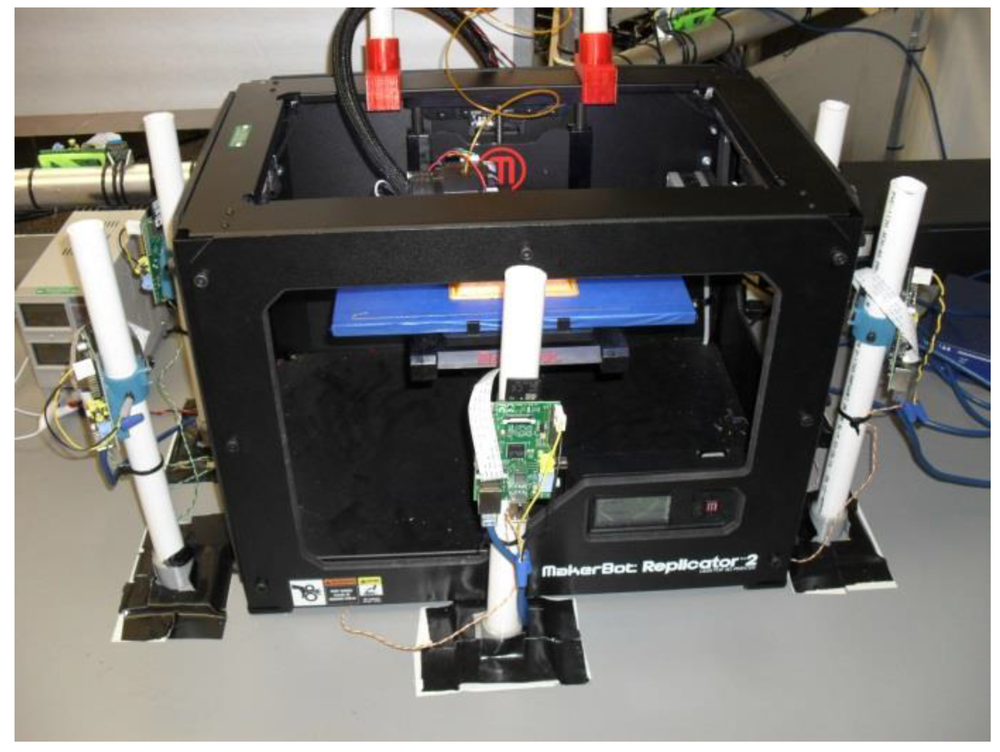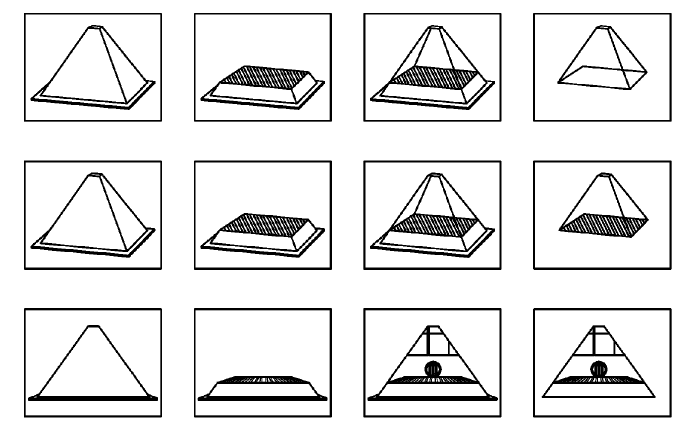A system for checking 3D prints during or post-production, has been granted its US Patent a year and a half after application.
The system, currently titled Characterizing 3D printed objects for 3D printing, was invented by Jeremy Straub, of North Dakota State University’s (NDSU) Department of Computer Science, with Benjamin Kading and Scott Kerlin, previously of the University of North Dakota (UND).
It uses sensor data from digital imaging to characterize printing progress, detect 3D printing defects, and perform post-print assessments.
The need for a 3D print checking device
Straub explains that the invention is the product of failed and faulty prints experienced at the university, “We had a number of printers,” he says, “and we would try to print stuff overnight, or print stuff and leave it, and we would come back and find a mess.”
Diagnosing the problems with 3D printers at NDSU spawned the idea of a system to help others detect and prevent faults before they ruin a print.
Straub claims that the system is now more necessary because more 3D printers are finding their way out of non-research environments. “It’s critical that printers have built-in capabilities to ensure that those objects are safe and won’t break or injure people,” he adds.

How the system works
While the system is yet to be licensed, a description of a prototype has been described under the system’s filing.
It requires a unit to be may be set up around the printer – attached to stands, fixed to the side of a 3D printer’s build chamber, or integrated into the machine itself with a power supply and ethernet cable. An algorithm for determining the alignment of sensors may be maintained and updated accordingly.
The sensors on the unit capture images of the 3D printer prior to the print job to reduce the non-print data they detect – a kind of machine-learning process that “teaches” a sensor to see things, compare them and correct them accordingly.
In training, an initial print is stopped at various stages, and sensors are calibrated to view what a perfect object should look like at each point up to completion.
For one-off print jobs, the sensors can alternatively be calibrated with a CAD model.
By comparing the “perfect” data with what they see in-action, the sensors can send corrective instructions to the 3D printer or prompts the user to manually intervene.
Using the same concept, Straub and the team at NDSU have written papers about how sensors can be used to detect cyber-attacks on an STL file, the likes of which hackers have previously used to bring down a 3D printed drone.

Nominations for the second annual 3D Printing Industry Awards are now open. Make your selections now.
For more stories on 3D printing security and quality control, subscribe to our free 3D Printing Industry newsletter, follow us on Twitter, and like us on Facebook.
Featured image shows inventor Jeremy Straub with the UND Cubesat, an earlier project he took part in as a PhD student. Photo via UND.

